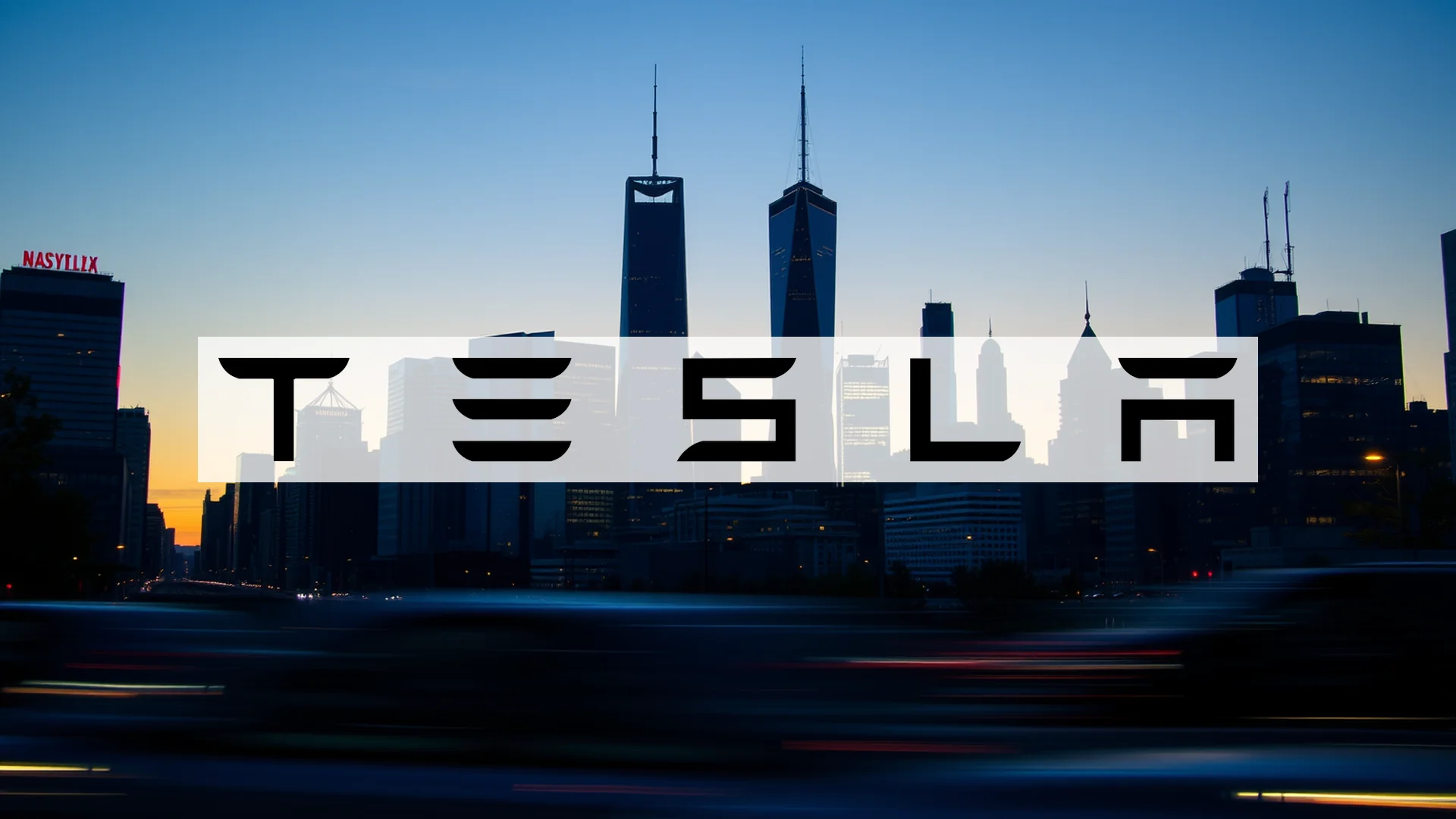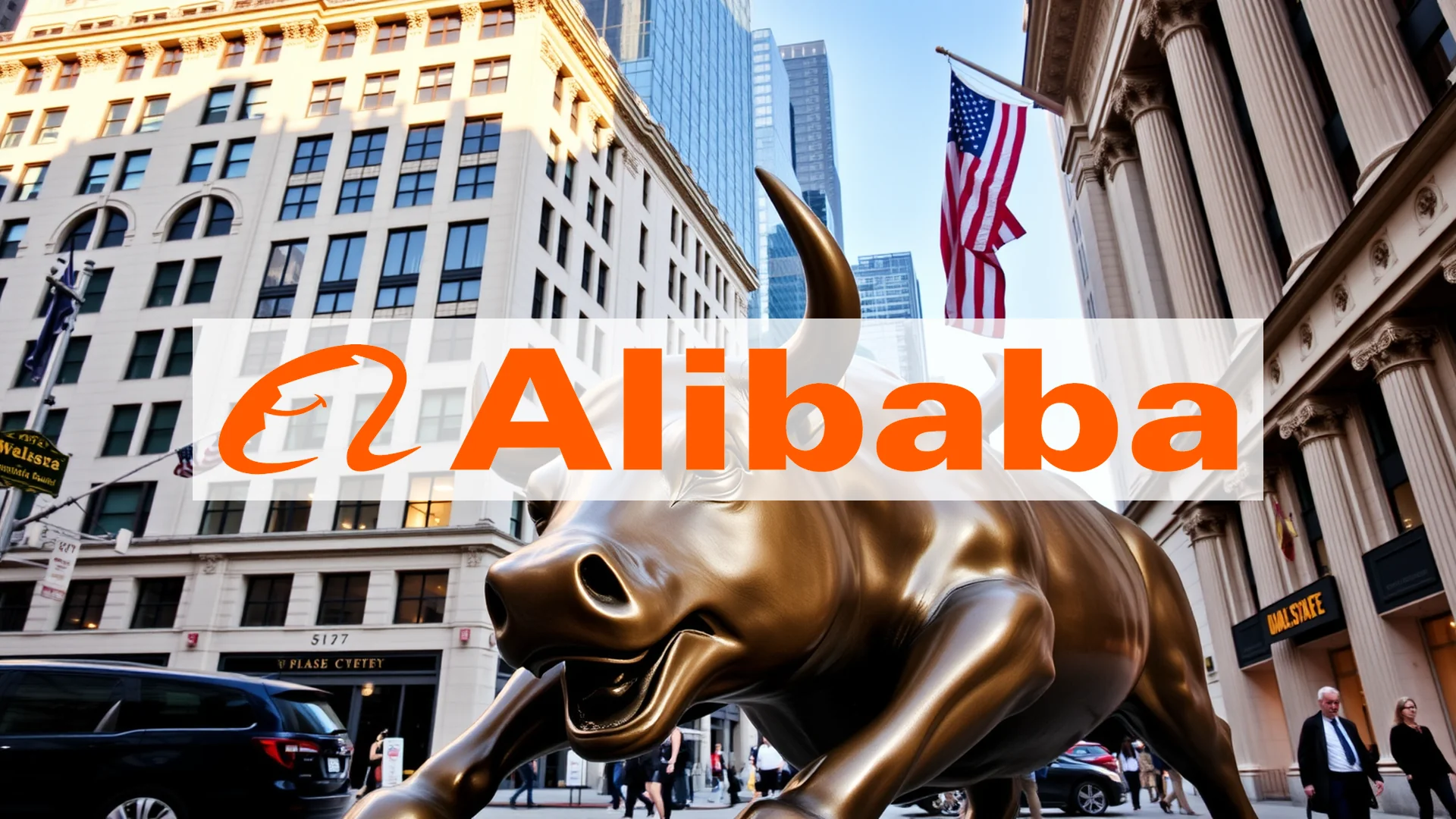Tesla has unveiled its long-awaited affordable vehicle models, but the market response has been decidedly negative. Rather than delivering the dramatic price cuts investors had anticipated, the new standard versions offer only modest discounts while implementing significant feature reductions. The central question facing the electric vehicle manufacturer is whether this new pricing approach can sustain its competitive position in an increasingly crowded marketplace.
Market Reaction and Analyst Concerns
The disappointment was immediate in trading sessions. After initial optimism, Tesla shares reversed direction and posted substantial losses as investors digested the news.
“The current offering simply doesn’t meet market expectations,” stated Dan Ives, market strategist at Wedbush Securities, capturing the prevailing sentiment among financial experts. Michael Ashley Schulman of Running Point Capital offered an even more vivid assessment, suggesting Tesla is exchanging “its Steve Jobs turtleneck for a Walmart hoodie.” This shift from premium manufacturer to mass-market producer presents significant margin risks—a double-edged strategy that could drive volume growth while potentially undermining profitability.
The Compromise Behind the Price Points
Behind what appear to be attractive price reductions of $5,000 to $5,500 lies a rigorous cost-cutting approach. The new Model Y and Model 3 Standard versions eliminate not only leather seats and rear-seat screens but also feature downgraded audio systems and fewer color choices. Most notably, these vehicles cannot utilize Tesla’s Autopilot functionality and are restricted to basic cruise control systems.
Should investors sell immediately? Or is it worth buying Tesla?
The timing of this announcement reveals Tesla’s strategic thinking. Coming exactly one week after U.S. electric vehicle incentives expired, the company is positioning these more affordable models to cushion the effective price increase for American consumers. However, this calculation hasn’t resonated with investors, who had hoped for more aggressive pricing moves.
Competitive Pressures Mount
Tesla faces intensifying competition from multiple fronts. Established automakers Ford, GM, and Hyundai already offer electric vehicles at lower price points, while Chinese manufacturers like BYD threaten to surpass Tesla as the world’s largest EV seller.
The upcoming quarterly report on October 22 represents a critical test for the company. This disclosure will demonstrate how effectively Tesla is navigating the post-subsidy era. While the company recently reported a delivery record of nearly 500,000 vehicles in the third quarter, this figure primarily reflects the surge in purchases ahead of the incentive deadline rather than organic demand.
The fundamental challenge remains: Can Tesla sustain its growth trajectory with these streamlined models without sacrificing the profit margins that have long supported its valuation? The answer to this question will determine not only the direction of its stock performance but also validate Tesla’s overall strategy in the increasingly competitive electric vehicle landscape.
Ad
Tesla Stock: Buy or Sell?! New Tesla Analysis from November 24 delivers the answer:
The latest Tesla figures speak for themselves: Urgent action needed for Tesla investors. Is it worth buying or should you sell? Find out what to do now in the current free analysis from November 24.
Tesla: Buy or sell? Read more here...










